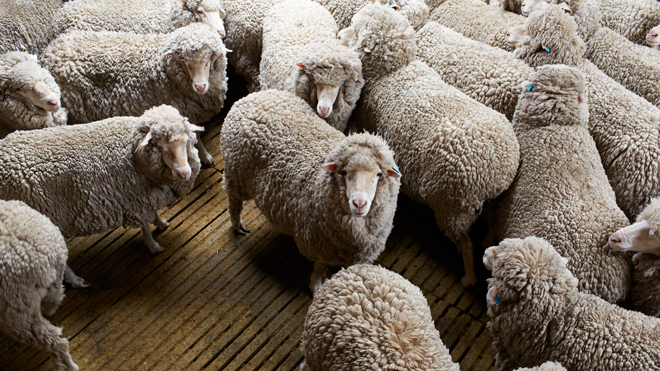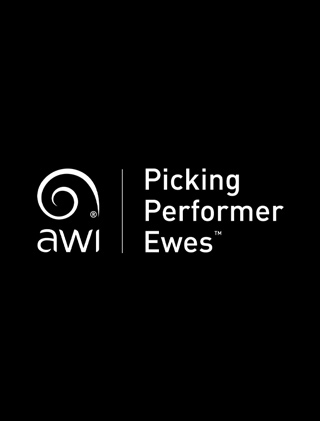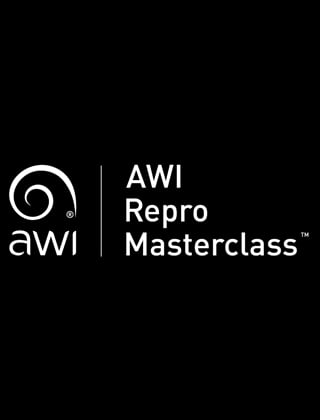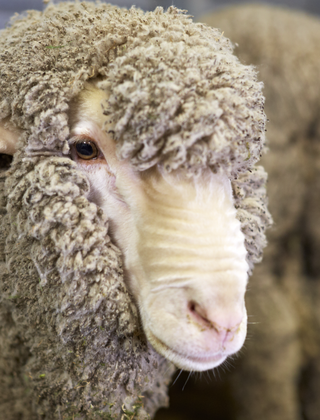Woolgrowers, we need you!

Are you interested in industry research? Do you want to get the most out of your levy dollars? Would you like early access and input to R&D outputs? If so, read on for six opportunities for you to get involved in AWI projects and be at the forefront of cutting edge research.
Supplementary feeding strategies for lamb survival
This AWI and MLA funded project will develop best practice recommendations for supplementary feeding ewes during lambing. The first stage of the project will assess whether self-feeders or trail feeding lead to better lamb survival.
What’s involved? Participation in an on-farm research trial investigating the effect of supplementary feeding method on lamb survival.
Why participate? Receive property-specific information to help improve productivity and increase lamb survival.
Requirements for participation: 300+ single-bearing ewes and 160+ multiple-bearing ewes. Access to a self-feeder. Supplementary feeding during lambing. Located in NSW, SA, VIC or WA.
Further information: Serina Hancock, Murdoch University, 0403 570 823, s.hancock@murdoch.edu.au
See this March 2023 Beyond the Bale article.
Developing new blowfly lure technology
By better understanding key factors, like the attractant compounds in fleece rot, that attract the fly to vulnerable sheep, this project is aiming to develop a highly targeted new fly lure technology to reduce the build-up of sheep blowfly populations.
What’s involved? Participation in a series of questionnaires. Non-invasive sampling of breech areas of flystruck sheep with fleece rot, including skin swabs, wool samples and collection of maggots/flies over three flystrike seasons. Fly traps set up on your property.
Why participate? A written summary on the flystrike trends specific to your property and sheep provided each season and the opportunity to discuss these findings with the project team.
Requirements for participation: Fleece rot issues. Located in NSW, SA, TAS, VIC or WA.
Further information: Michelle Harvey, Deakin University, michelle.harvey@deakin.edu.au
See this March 2024 Beyond the Bale article.
Informed modelling of sheep blowfly chemical resistance
This project will develop updated, consistent, and reliable resistance management advice to woolgrowers. This advice will help prolong the effectiveness of existing chemical products, whilst avoiding or delaying the development of resistance of flies to them.
What’s involved? Collection of 60+ maggots from flystruck sheep to submit for laboratory testing. Completion of a submission sheet, including your recent history of fly and lice treatments.
Why participate? Free chemical resistance testing and explanation of your results from the lead researcher.
Requirements for participation: Flystruck sheep. Good records of recent history of fly and lice treatment use.
Further information: Narelle Sales, NSW DPl, narelle.sales@dpi.nsw.gov.au
See this November 2022 FlyBoss article.
Genetics of foot health
The project aims to release a research breeding value and eventually an Australian ASBV for resistance to footrot and inform the Australian Merino industry on appropriate selection strategies for each of the foot conditions examined.
What’s involved? Entry of a semen sire into the central progeny test where progeny will be evaluated for foot traits and footrot. Contribution of eight cull rams per sire to be challenged to ovine interdigital dermatitis (OID) and footrot. The project will use progeny born in 2023, 2024 and 2025 at each site, with at least 8 progeny per sire per year required for assessment; the progeny will be monitored for OID and foot abscesses between 100 and 300 days of age.
Why participate? Gain early access to the footrot resistance research breeding value (RBV), for benchmarking and selection, prior to the release of the ASBV. Gain early phenotypic data on feet scores and correlations with production data.
Requirements for participation: Ram breeder. Provision of semen and delivery free of charge. Entrance fee. Transport costs to research site.
Further information: Amy Lockwood, neXtgen Agri, amy@nextgenagri.com or Jarryd Krog, Murdoch University. jarryd.krog@murdoch.edu.au
See this September 2023 Beyond the Bale article.
AWI Flystrike Genomics Reference Flock
This project is to collect and analyse DNA and on-farm data related to breech and body flystrike to inform the development of a genomically enhanced Flystrike ASBV.
What’s involved? Collection of flystrike data from genotyped animals from now until June 2025.
Why participate? 100% rebate on the cost of genotyping flystruck animals and cost of supplying data (funding will be allocated on a competitive basis). Access to Flystrike research breeding value (RBV), prior to the release of the ASBV.
Requirements for participation: Ram breeders who currently, or plan to, record flystrike occurrence within their flock and genotype a portion of each drop.
Further information: Ben Swain, BCS Agribusiness, 0427 100 542, ben.swain@bcsagribusiness.com.au
Australian Merino Sire Evaluation
Eight site committees join sires over an even line of commercial ewes to evaluate sire's progeny up to two years of age.
What’s involved? Sires are evaluated for a broad range of visual and objective measures.
Why participate? Breeders can independently and publicly evaluate within and across flock, a sire in a specific environment, increase linkage with MERINOSELECT and the Merino Genomic Reference Flock.
Requirements for participation: Ram breeder. Located in NSW, SA, VIC or WA.
Further information: Ben Swain, BCS Agribusiness, 0427 100 542, ben.swain@bcsagribusiness.com.au
See the Merino Superior Sires website.
This article appeared in the June 2024 edition of AWI’s Beyond the Bale magazine. Reproduction of the article is encouraged.















